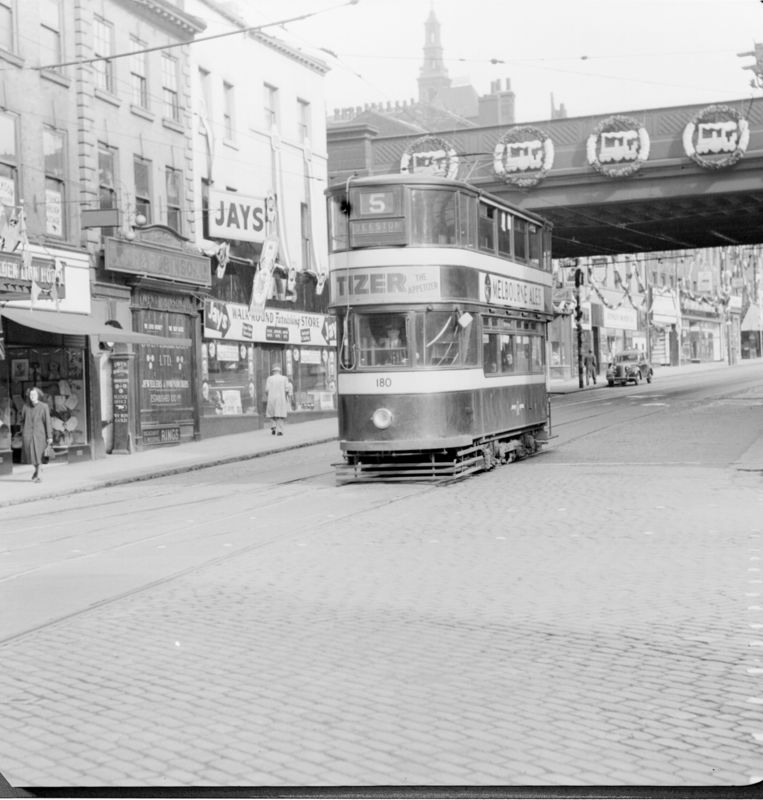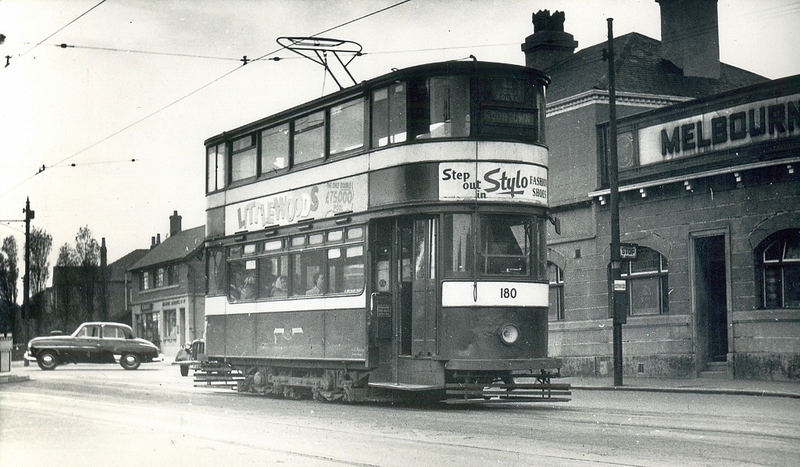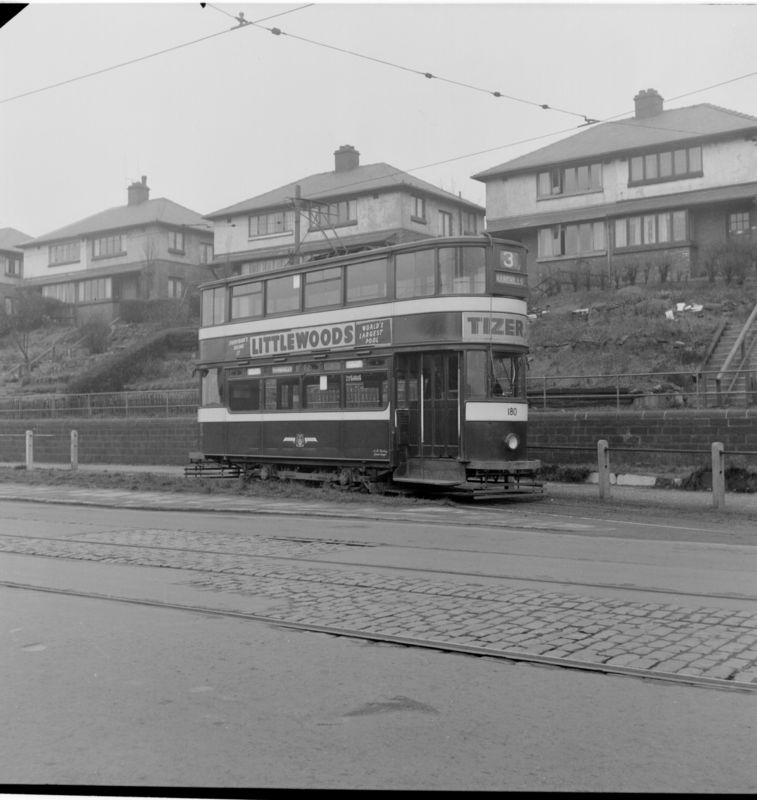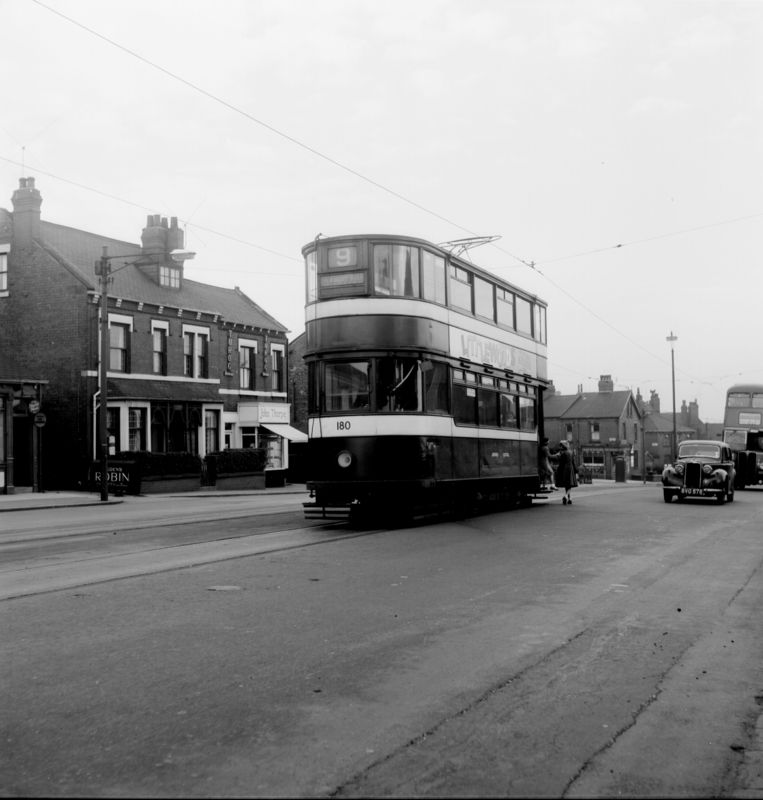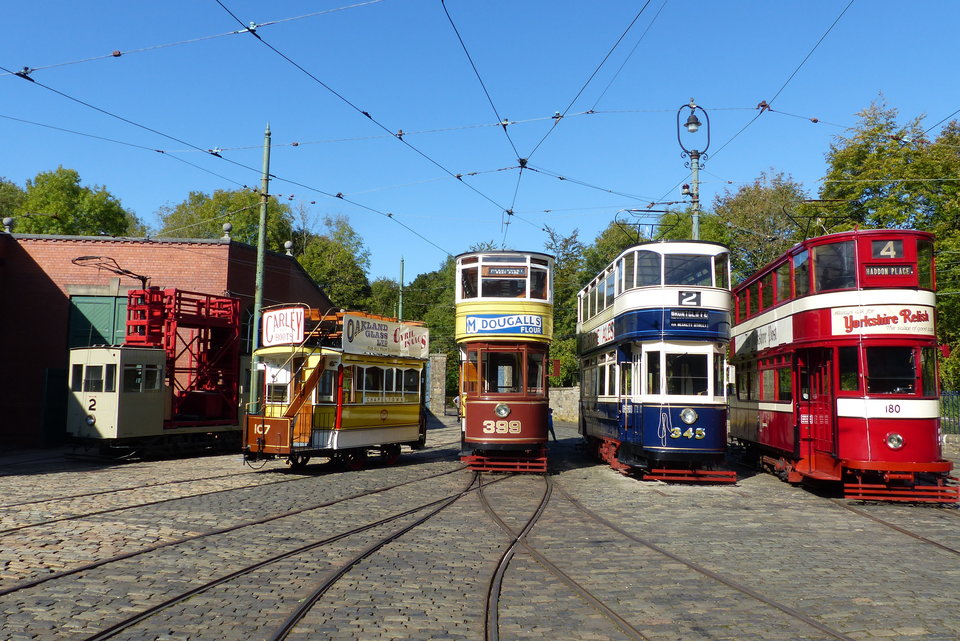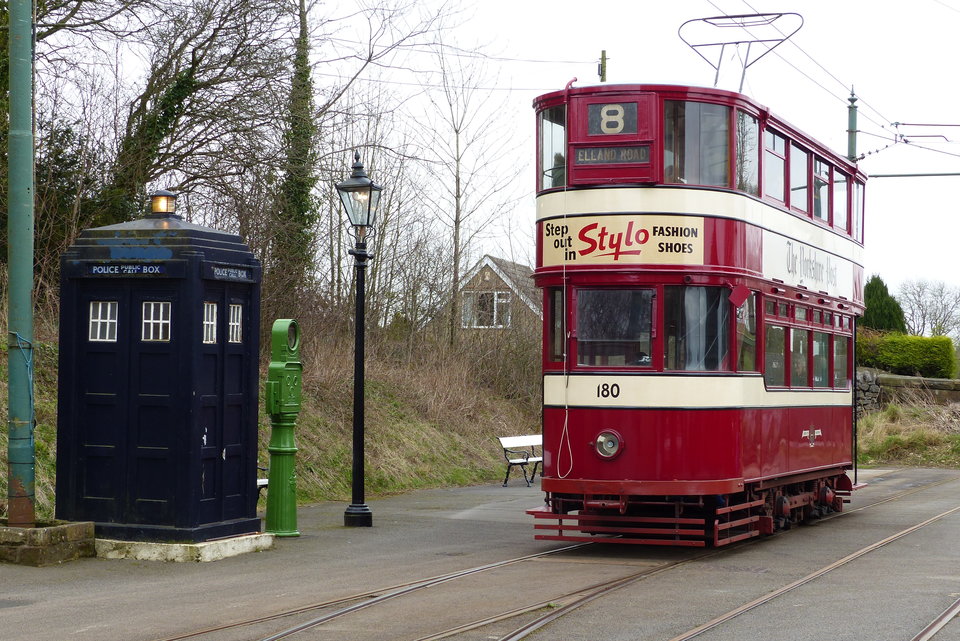Leeds City Transport No. 180
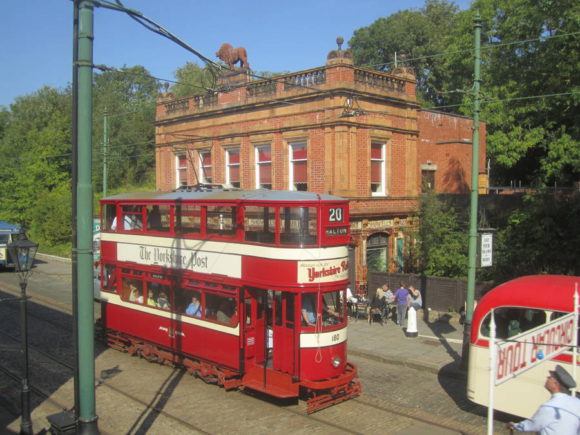
Photo: Jim Dignan
One of the most obvious and distinctive features of a tram is its colour scheme and tramcar liveries form an interesting aspect of transport history in their own right. In the early days of horse drawn tramways, when standards of literacy were fairly rudimentary, many operators designated particular colours for specific routes (as exemplified by Cardiff horse tram 21 in the collection).
During the electric traction era that followed, a great many tramways were no longer operated by localised small-scale private operators but by local corporations on a city-wide basis, and these often adopted a distinctive livery as an expression of civic pride.
The choice of livery was often the product of lengthy deliberation and in many instances persisted for many years with few, if any, changes. Indeed, attempts to change a city’s colour scheme were not always successful, as Sheffield Corporation found to its cost, when a public outcry in favour of its much-admired traditional blue and cream livery forced it to abandon an experimental all-green colour scheme, in 1953.
However, Leeds City Transport was somewhat unusual in adopting at least four main changes of livery during the 67 years of municipally-operated electric tramways and, of the five Leeds electric passenger tram cars in the collection at Crich, only two (180 and 600) share the same colour scheme. Part of the explanation for this may reside in the fact that Leeds effectively delegated responsibility for this decision to the tramways manager.
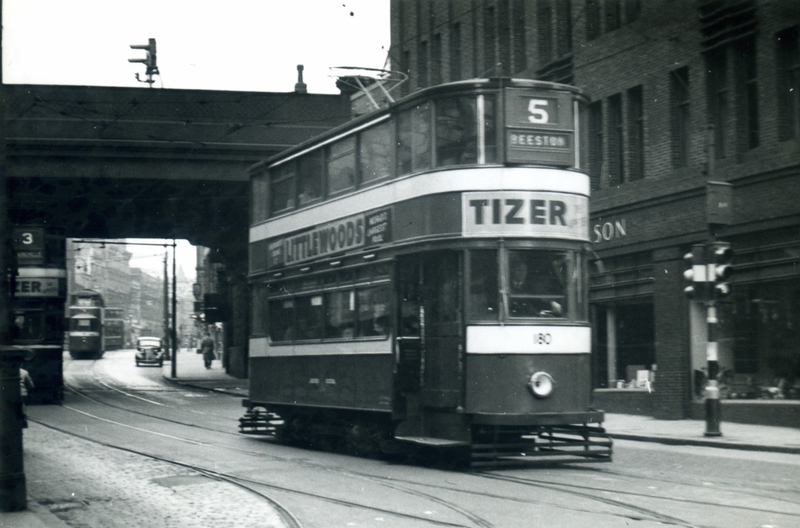
180 in service in Leeds. R.B. Parr, 5/10/1952.
Specification
- Type of tram
- Double deck fully enclosed electric tramcar
- Livery
- B.E.T. red and white (originally red and cream)
- Seating capacity
- 60 (37 upper saloon, 23 lower saloon)
- Date built
- 1931
- Manufacturer of body
- Brush Electrical Engineering Company, Loughborough
- Manufacturer of truck
- Peckham P35
- Gauge
- 4’ 8½”
- Motor
- BTH 509 A12 2x 70 hp
- Controller
- BTH B525C
- Current collector
- Fischer bow collector
- Modification
1938 – trolley pole replaced by Fischer bow collector and folding platform doors installed in 1934.
Early 1940 headlamps masked, windows netted and lighting shaded, in keeping with anti-aircraft measures.
1942 painted in wartime khaki livery and fitted with slower motors and new roller bearings on the truck.
19/6/1947 reverted to pre-war livery of blue and white.
1949 interior woodwork stripped and re-polished.
1951 – reverted to original motor and roller bearings.
27/7/1952 – repainted in red and white livery- Withdrawn from service
Initially withdrawn in November 1957 with a view to using it for spares, but refurbished and re-instated.on the truck belonging to 189 after the latter was seriously damaged in a collision. Renumbered as 189 at this time.
- Subsequent history
Took part in the last tram procession on 7th November 1959 and saved for preservation, moving to Crich, where it had its original number restored, in February 1960.
- Restoration history
Launched into passenger service at Crich in 1969 after initial restoration and then re-launched in August 1989 after a major overhaul. Further overhaul in 2009.
- Current status
- Restored in operational condition and commissioned for service as part of the operational fleet during the curent season.
- Date started operating at Crich
- 1969. Has operated in 46 seasons including 2023..
- Total mileage covered at Crich
- 32,987
- Current location
- Depots
- 1931 – 1959Fully operational on original tramway
- 1960 – 1969On display
- 1969 –Operational at Crich

